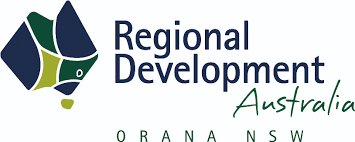Australian Critical Minerals research and development to be funded in national budget
A new National Critical Minerals Strategy is being developed in consultation with industry and community stakeholders, including traditional owners.

Australia has some of the world’s largest reserves of critical minerals and a new National Critical Minerals Strategy will set out a clear vision for the sector.
The Strategy will complement other Government initiatives including the National Battery Strategy and the Electric Vehicle Strategy.
The National Reconstruction Fund will include the $1 billion Value Adding in Resources Fund which will work alongside the $2 billion Critical Minerals Facility.
These initiatives will expand Australia’s mining science technology capability, diversify supply chains, create local jobs and help drive growth in the critical minerals sector including rare earths - a key component of low-emissions technologies, such as batteries, electric vehicles and solar panels.
Additionally, next week’s Budget will include $50.5 million over four years to establish the Australian Critical Minerals Research and Development Hub to help unlock our nation’s critical minerals potential.
The Hub will combine expertise from Geoscience Australia, the CSIRO and the Australian Nuclear Science and Technology Organisation to work with Australian industry to address technical challenges and support international research and development collaborations.
The Government will also allocate $50 million over three years to the Critical Minerals Development Program for competitive grants to support early and mid-stage critical minerals projects, building on the $50 million recently committed to six key projects across Australia.
The International Energy Agency projects mineral demand for use in electric vehicles and battery storage could grow at least thirty times to 2040.
Australia is the world’s largest lithium producer, and latest figures forecast the value of lithium exports are due to increase more than 10 fold over two years, from $1.1 billion in 2020-21 to almost $14 billion in 2022-23, with continued growth over future years.
The development of a battery industry could contribute $7.4 billion annually to our economy and support 34,700 jobs by 2030.
More detail and mechanisms for input will be available following the upcoming budget.















